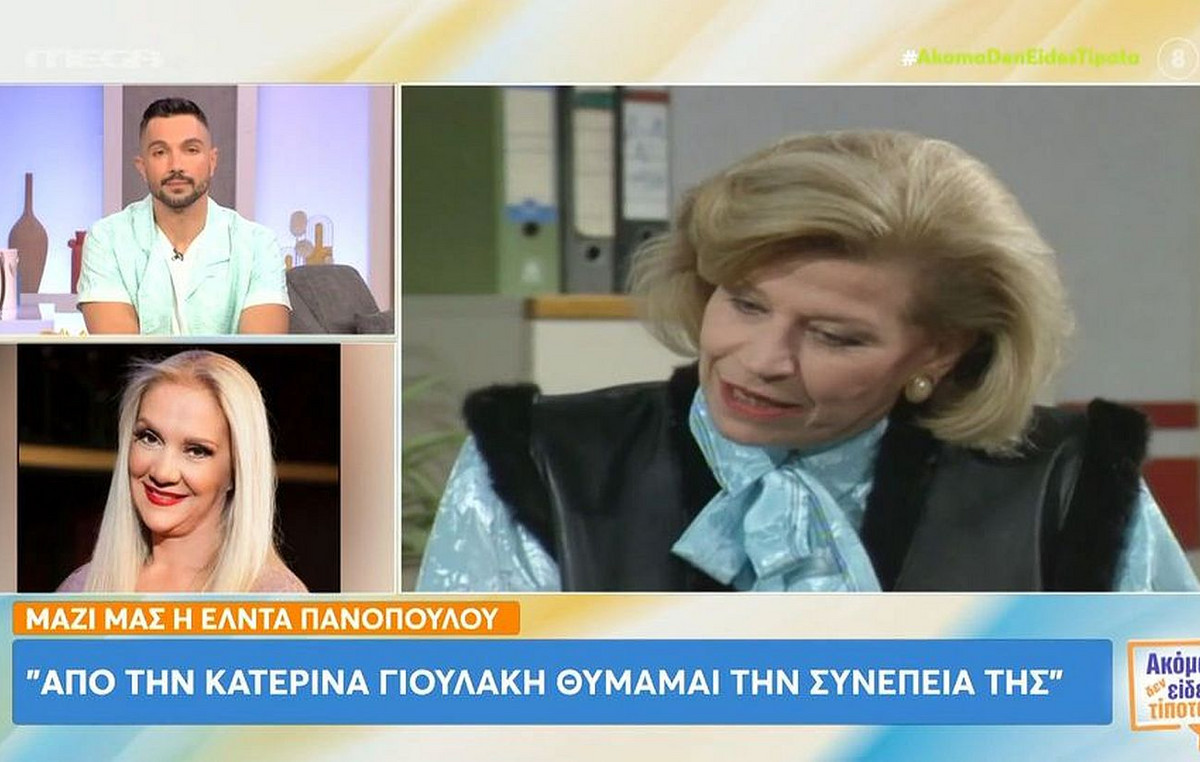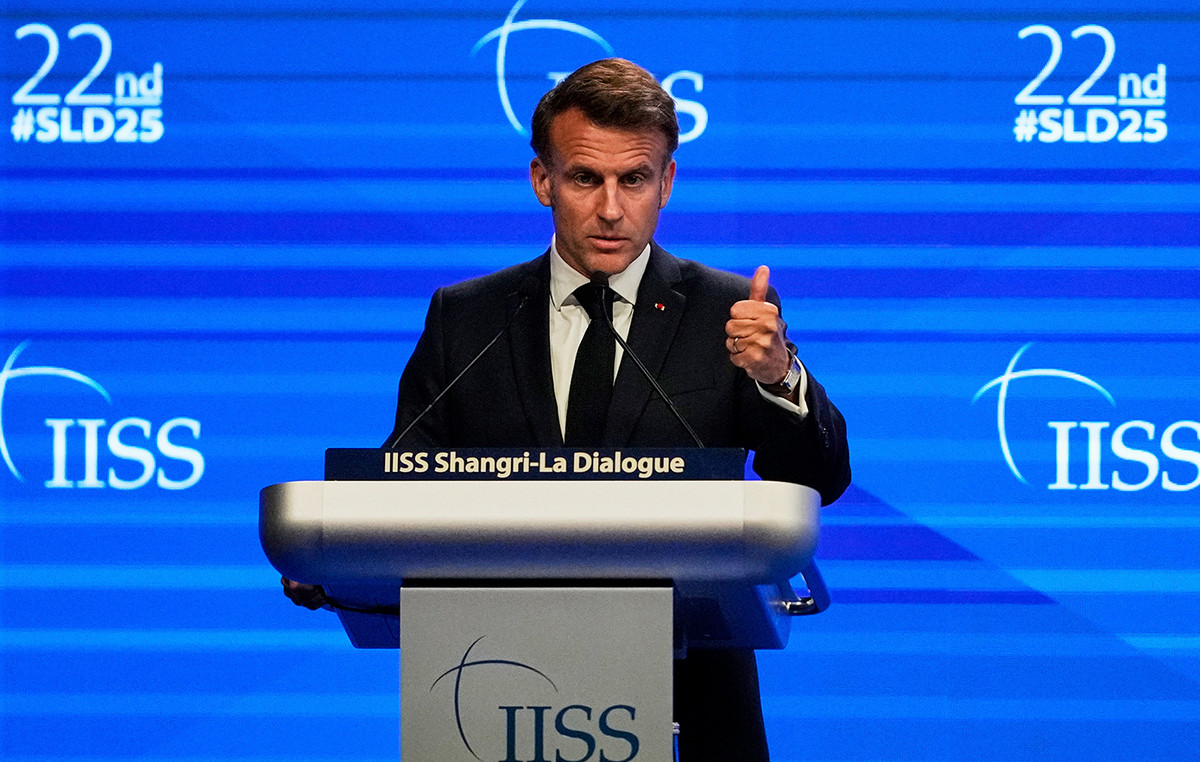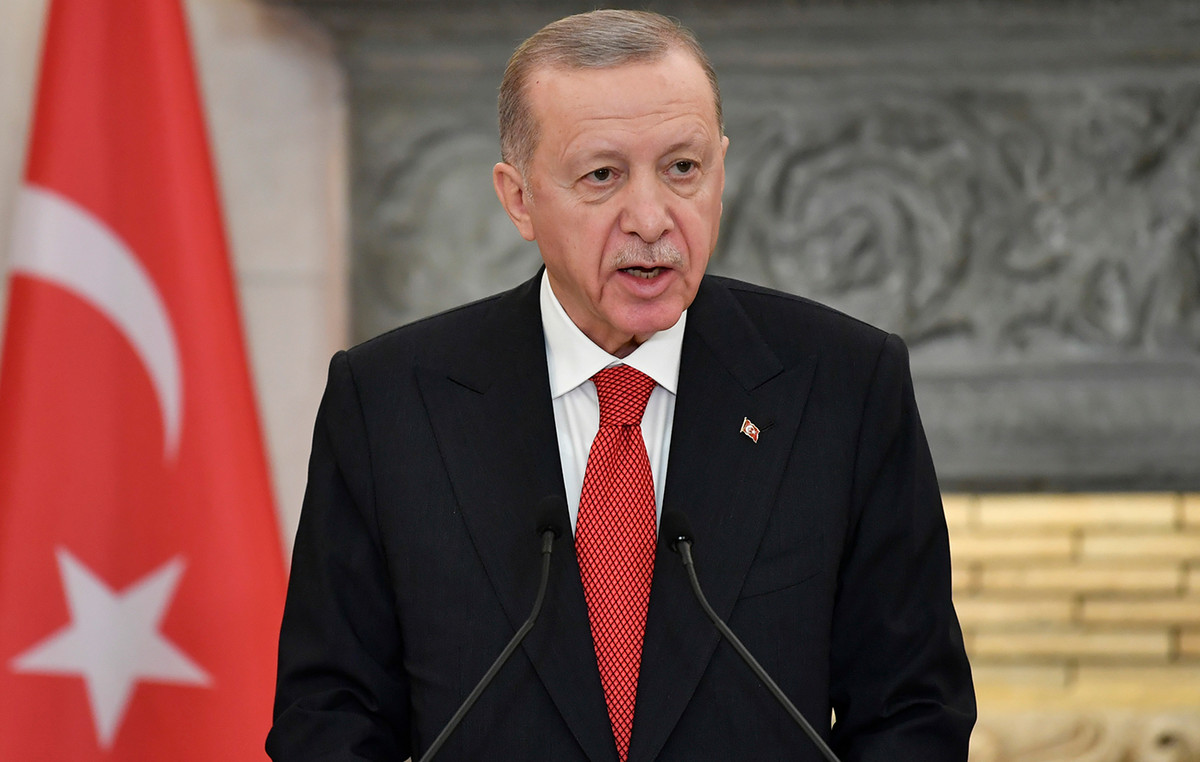- The USD/JPY rises about 144.00 since the demand for the US dollar has increased in front of the Japanese yen in an environment of risk aversion.
- Israel attacks Iran to eliminate the existing survival threat of Iran.
- The Boj and the Fed are expected to maintain interest rates next week.
The USD/JPY pair rises to about 144.00 during the European negotiation hours on Friday after recovering early losses. The pair is strengthened as the US dollar (USD) exceeds others in the midst of growing war tensions between Israel and Iran.
The dollar (DXY) index, which tracks the value of the dollar against six main currencies, rises almost 0.5% to about 98.35 after recovering from the minimum of three years of 97.60 registered on Thursday.
American dollar today
The lower table shows the percentage of US dollar change (USD) compared to the main coins today. US dollar was the strongest currency against the New Zealand dollar.
| USD | EUR | GBP | JPY | CAD | Aud | NZD | CHF | |
|---|---|---|---|---|---|---|---|---|
| USD | 0.51% | 0.45% | 0.43% | 0.16% | 0.77% | 1.00% | 0.33% | |
| EUR | -0.51% | -0.02% | -0.03% | -0.28% | 0.34% | 0.47% | -0.18% | |
| GBP | -0.45% | 0.02% | -0.04% | -0.33% | 0.28% | 0.47% | -0.13% | |
| JPY | -0.43% | 0.03% | 0.04% | -0.24% | 0.35% | 0.56% | -0.09% | |
| CAD | -0.16% | 0.28% | 0.33% | 0.24% | 0.59% | 0.84% | 0.20% | |
| Aud | -0.77% | -0.34% | -0.28% | -0.35% | -0.59% | 0.21% | -0.42% | |
| NZD | -1.00% | -0.47% | -0.47% | -0.56% | -0.84% | -0.21% | -0.62% | |
| CHF | -0.33% | 0.18% | 0.13% | 0.09% | -0.20% | 0.42% | 0.62% |
The heat map shows the percentage changes of the main currencies. The base currency is selected from the left column, while the contribution currency is selected in the upper row. For example, if you choose the US dollar of the left column and move along the horizontal line to the Japanese yen, the percentage change shown in the box will represent the USD (base)/JPY (quotation).
Theoretically, the demand for shelter currencies, such as the US dollar and the Japanese yen (JPY), increases amid high geopolitical tensions.
Early Friday, Israel launched a series of attacks on military and nuclear facilities in Iran, citing the need to get rid of the threat to its survival. The Israeli Prime Minister (PM) Benjamin Netanyahu declared that his military forces launched the Ascending León operation to “reverse the Iranian threat to Israel’s own survival,” The Guardian said.
At the domestic sphere, investors expect the announcement of the Federal Reserve (FED) monetary policy on Wednesday. According to the CME Fedwatch tool, the Fed is almost sure of maintaining stable interest rates in the 4.25%-4.50%range. Investors will closely monitor the Fed points chart, which shows where the officials who run the interest rates in the medium and long term.
Next week, investors will also focus on the announcement of the Monetary Policy of the Bank of Japan (BOJ). The BOJ is expected to keep the stable interest rates at 0.5% on Tuesday and maintain the open door for future increases in interest rates.
And in Japanese faqs
The Japanese Yen (JPY) is one of the most negotiated currencies in the world. Its value is determined in general by the march of the Japanese economy, but more specifically by the policy of the Bank of Japan, the differential between the yields of the Japanese and American bonds or the feeling of risk among the operators, among other factors.
One of the mandates of the Bank of Japan is the currency control, so its movements are key to the YEN. The BOJ has intervened directly in the currency markets sometimes, generally to lower the value of YEN, although it abstains often due to the political concerns of its main commercial partners. The current ultralaxy monetary policy of the BOJ, based on mass stimuli to the economy, has caused the depreciation of the Yen in front of its main monetary peers. This process has been more recently exacerbated due to a growing divergence of policies between the Bank of Japan and other main central banks, which have chosen to abruptly increase interest rates to fight against inflation levels of decades.
The position of the Bank of Japan to maintain an ultralaxa monetary policy has caused an increase in political divergence with other central banks, particularly with the US Federal Reserve. This favors the expansion of the differential between the American and Japanese bonds to 10 years, which favors the dollar against Yen.
The Japanese Yen is usually considered a safe shelter investment. This means that in times of tension in markets, investors are more likely to put their money in the Japanese currency due to their supposed reliability and stability. In turbulent times, the Yen is likely to be revalued in front of other currencies in which it is considered more risky to invest.
Source: Fx Street
I am Joshua Winder, a senior-level journalist and editor at World Stock Market. I specialize in covering news related to the stock market and economic trends. With more than 8 years of experience in this field, I have become an expert in financial reporting.







